Longmenhao Old Street, Chongqing - Prix des billets, heures d'ouverture, transports et points forts
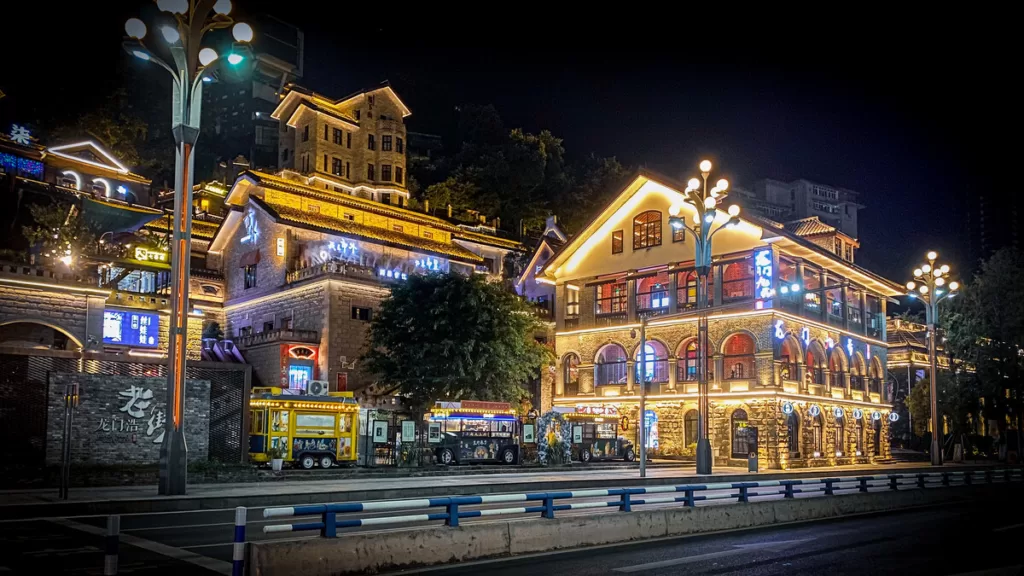
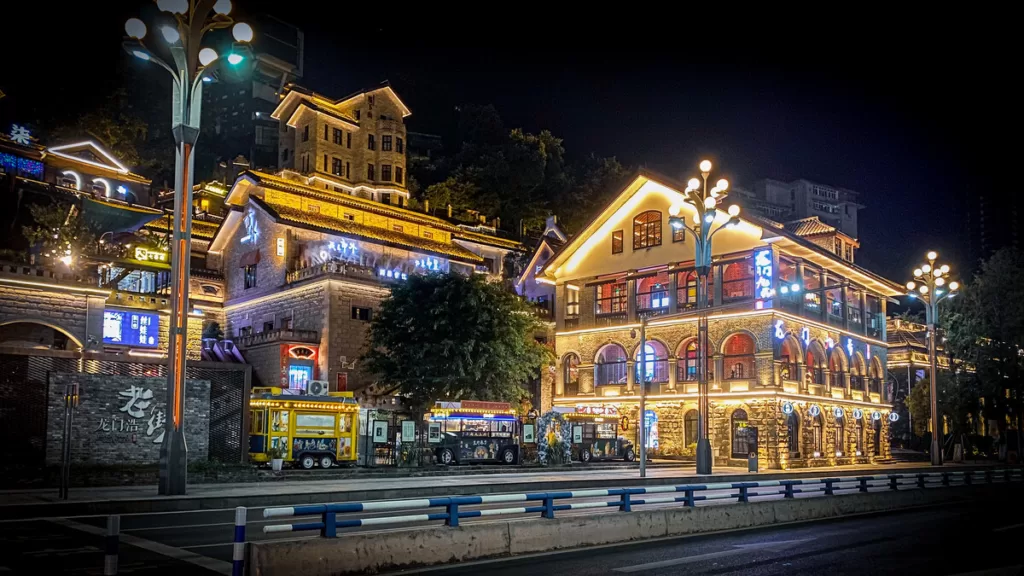
Nestled in the heart of Chongqing’s main urban area, right along the central stretch of Nabin Road, Longmenhao Old Street (龙门浩老街) stands as a testament to the city’s rich history and cultural heritage. Covering an expansive 180,000 square meters, this ancient street is home to a plethora of historical remnants and a unique collection of buildings from various periods. Among these structures, there are 18 outstanding historical architectural treasures, making it the largest and best-preserved historical and cultural old street in Chongqing’s main urban district. Longmenhao Old Street is a vibrant hub where the cultures of trade, resistance, local traditions, and religious beliefs converge in a mesmerizing tapestry.
Table des matières
- Informations de base
- Localisation et transport
- Origine du nom
- Highlights of Longmenhao Old Street
- Vlog about Longmenhao Old Street
- Conseils utiles résumés à partir d'études
- Attractions near Longmenhao Old Street
Informations de base
| Durée estimée de la visite | 1 - 2 heures |
| Prix du billet | Gratuit |
| Heures d'ouverture | 24 heures par jour |
| Numéro de téléphone | 0086-023-88918888 |
Localisation et transport
Longmenhao Old Street is situated in the middle section of Nabin Road in the Nanan District of Chongqing, on the southern bank of the Yangtze River. To get there, you can choose one of the following ways:
Bus: Take bus 338, 373, 375, Tourist Line T026, Tourist Line T040, Tourist Line T072, or Tourist Line T888 and get off at Dongshuimen Bridge Stop (东水门大桥站).
Metro: The closest metro station to Longmenhao Old Street is Shangxinjie (上新街) on line 6 and the Ring Line. After getting out of the station from Exit 2, you will be standing at the eastern end of the street.
Origine du nom
A millennium ago, by the banks of the Yangtze River, a peculiar break in the central part of a rocky ridge, known as Shiliang (or Guanyin Ridge), created a natural “gateway” leading to a wide and expansive body of water within the ridge. In the local dialect, this body of water came to be known as “hao.” In the spring of 1056, Su’s family (a father and his two sons), were traveling from Jiazhou to Kaifeng for the imperial examination. As they sailed down the river, they were captivated by the striking resemblance of the two rocks at the mouth of the hao to dragon heads, which prompted them to have their boatman steer the vessel into the hao.
The Su family disembarked and took a leisurely stroll, captivated by the picturesque landscape surrounding this small village known as “Jiangkou,” which sat by the bank of the mighty Yangtze River. The area was characterized by its lush mountains, winding streams, serene beauty, bustling markets, fertile lands, the sound of children studying, and a simple way of life. Su Shi, a renowned poet and scholar, was inspired by the topography and the village’s charm, and he promptly christened this place “Longmenhao” with a flourish of his distinctive calligraphy. From that moment, the name “Longmenhao” became etched in history.
Highlights of Longmenhao Old Street
Longmen’s Radiant Moon

Among the ancient “Twelve Sights of Old Ba County,” “Longmenhao’s Moon” was a sight to behold. In the days of old, after the floods had receded, the waters inside the hao would be calm, while the Yangtze River outside would surge with waves. This stark contrast between stillness and motion created a captivating scene. When the moon hung high in the sky, boats returning home would dock in the bay within the hao. The moonlight would illuminate the river’s surface, reflecting the faint glow of fishermen’s fires and casting a gentle, orange hue on the water’s ripples. Witnessing such a mesmerizing sight, it attracted literati and poets who left behind beautiful verses and laudatory words. “Longmenhao’s Moon” therefore became famous and turned into a gathering place for intellectuals and literati of Chongqing during that era.
Gateway to Trade

In 1890, with the signing of the “Special Provision for the Continuation of the Tientsin Treaty” in Chongqing, it was explicitly stated that “Chongqing would be an open trading port.” Consequently, a customs office was established in Chongqing, marking the city’s formal opening to international trade. Longmenhao Wharf became China’s first inland open trading port, a mandatory stop for foreign merchant ships. Along the shores of Longmenhao, foreign businesses thrived, and the area became a hub for merchants, both local and foreign. Western merchants, goods, cultures, and architecture entered Chongqing as they traveled up the Yangtze River. Today, the Longmenhao area still preserves historical relics from the early days of opening to trade, including the original customs office, Lidelle & Company, and the Bunnymoor and Company buildings.
A Witness to Resistance

During the period of the Sino-Japanese War (1937-1945), Chongqing served as the wartime capital of China. In this critical era, more than 30 countries, including the United States, the Soviet Union, the United Kingdom, and France, established embassies in Chongqing. Notably, the original Italian embassy, the temporary office building of the U.S. embassy, the bar of the U.S. embassy, the villa of the U.S. embassy’s military attaché, the former Belgian embassy, and the Xin Hua Trust & Savings Bank were all located in Longmenhao Old Street. This area served as a vital hub for foreign diplomatic missions and their activities during the wartime, bearing witness to a significant chapter in Chongqing’s history.
Vlog about Longmenhao Old Street
Conseils utiles résumés à partir d'études
Recommended Route: Due to Longmenhao Old Street being built along the mountainside, it’s suggested to follow a route from top to bottom for easier navigation and less physical exertion. The suggested route starts from Haoyue Square, then proceeds to Lan Yue Tai (Moon Embracing Terrace), Jianye Gang (Jianye Post), Wangjiang Lane, and Xianhua Lane (or Fu Men), ending at Nanbin Road. This route is downhill all the way, requiring minimal physical effort.
Accessibilité : Longmenhao Old Street is conveniently located near the South Station of the Yangtze River Cableway, which connects the southern bank area of Shangxin Street in Nan’an District to the northern station in Xinhua Road, Yuzhong District. The old street is situated right next to the South Station, making it easily accessible via the cableway.
Layout and Features: Longmenhao Old Street is not a single street but rather a five-story high architectural area built along the mountainside. Each level hosts various establishments such as cafes, restaurants, snack shops, and craft stores. Visitors can take their time exploring the unique shops and soaking in the ambiance of the old street.
Vues panoramiques : The sections of Longmenhao Old Street closer to the riverbank offer excellent vantage points for capturing photos of the bridges, light rail, river scenery, Yangtze River Cableway, and buildings on the opposite bank of the river. It’s a great spot for photography enthusiasts to capture stunning panoramic views of the area.
Attractions near Longmenhao Old Street
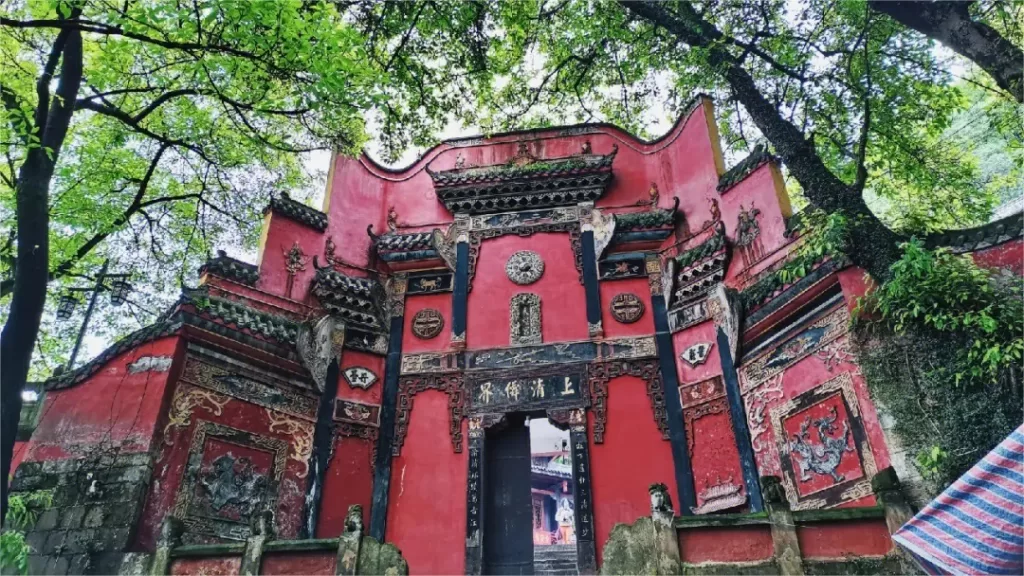
Temple taoïste de la grotte de Laojun

Xiahao Old Street
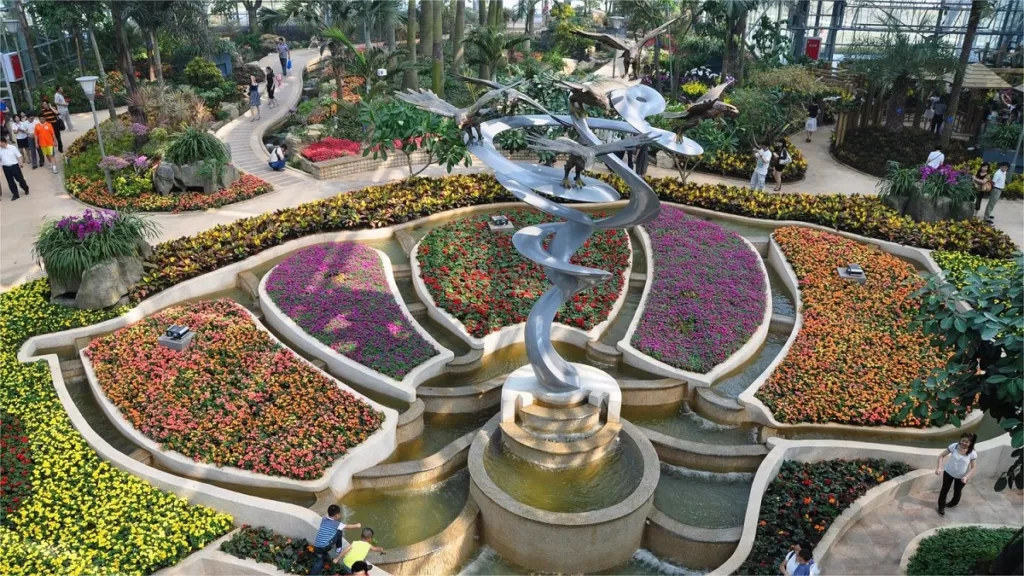
Nanshan Botanical Garden

Plate-forme d'observation de l'arbre de Nanshan
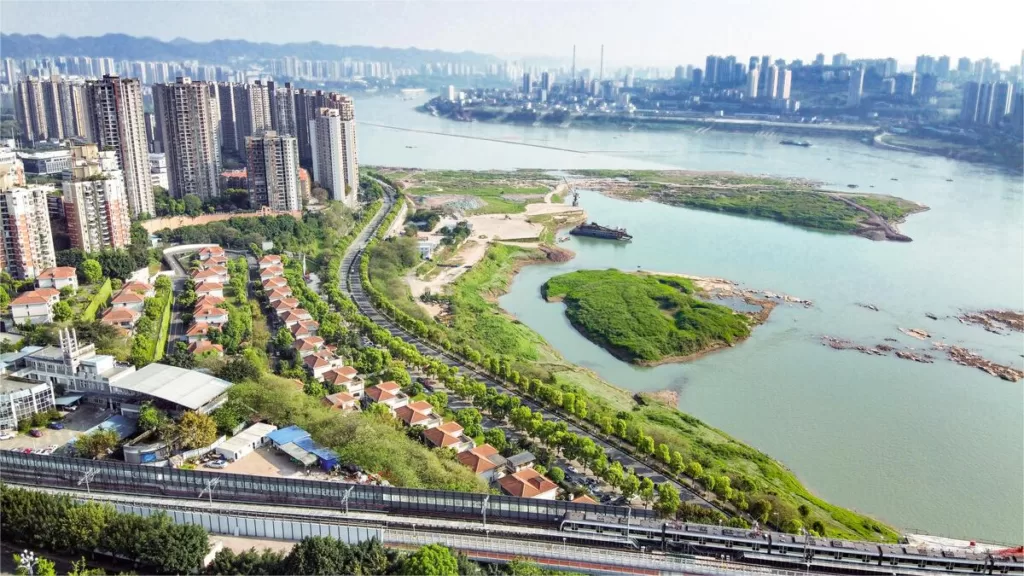
Parc Nanbin
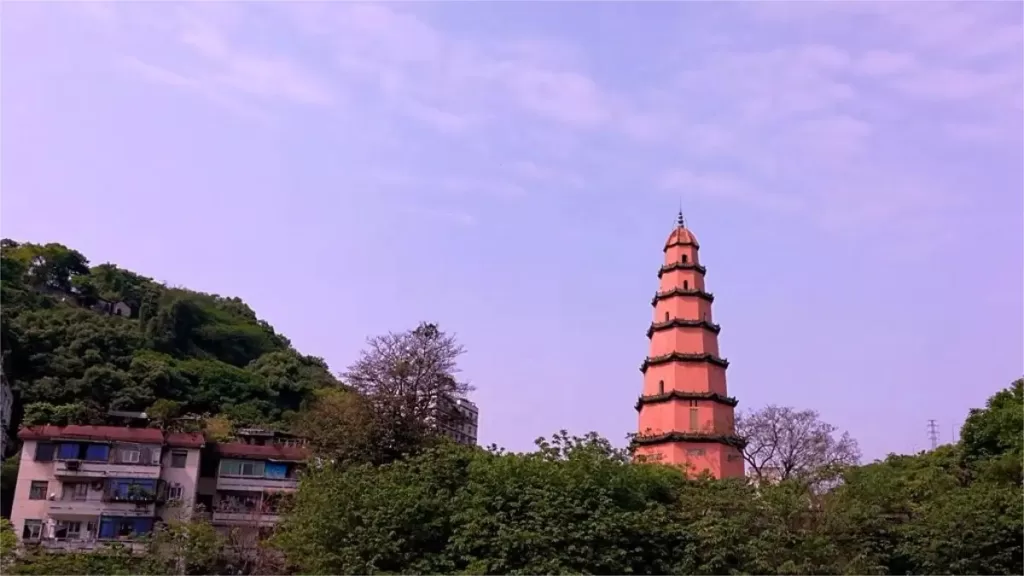
Pagode Bao'en, Chongqing
Attractions du centre-ville de Chongqing, Attractions de Nanan District Chongqing, Sites historiques de Chongqing